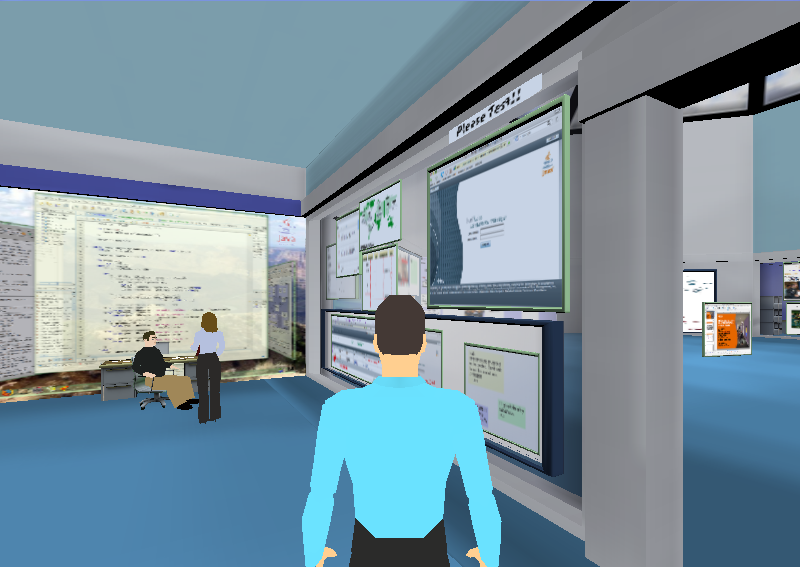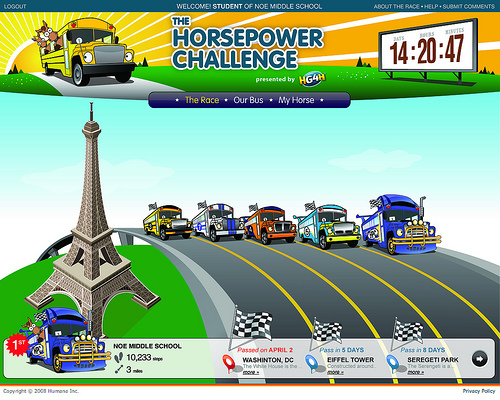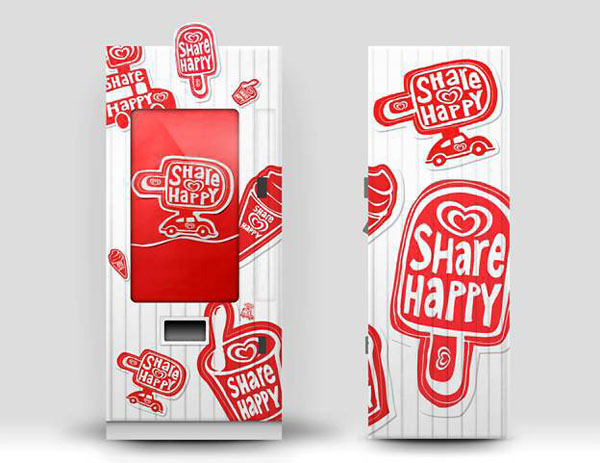Living Online to Save for Offline Retirement
Thursday, August 12th, 2010Imagine surfing online and running into a banner that reads “click now to contribute $1 to your nest egg. It will more that triple by your retirement age!”. A buck and a click now for three bucks when I am old, sounds a bit boring. Would I do it? I asked that to a group of 20 middle-age surfers (45 – 55) and 85% said yes. They also wanted a widget to track contributions, projected returns and performance relative to others (friends) that are using from this surf-and-save offering.
Once you used surf-and-save for a while the pull to save impulsively will magnify. For example, the widget would use historical data (online behavior) and your profile to illustrate the financial impact of saving a $1.5 instead of $1. This could be big money if you spend considerable time online and don’t plan to retire soon. Plus it would likely let you zoom ahead of your friends!
A prototype of surf-and-save does not require a major investment. It would be interesting to find the online contexts and widget behaviors that produced the greatest conversion rates for saving impulsively.
Why can’t savings be like experience points in social games? Millions of people spend hours a week in online virtual worlds (e.g. World of Warcraft) earning experience points so they can upgrade their avatar, buy virtual goods or enter a new region of the game. Why not use the same mechanism to save real dollars for retirement?
We are already spending a billion real dollars for virtual goods and sponsors are giving virtual dollars to online citizens willing to do simple tasks such as watching videos and completing quizzes. The virtual and real economies are colliding. Being online means the cost of doing simple financial transactions approaches zero. This means saving a little impulsive many times can be done cost effectively.












